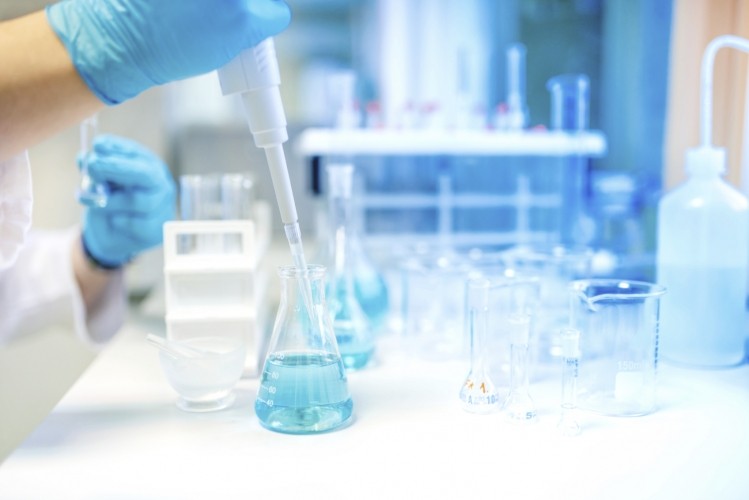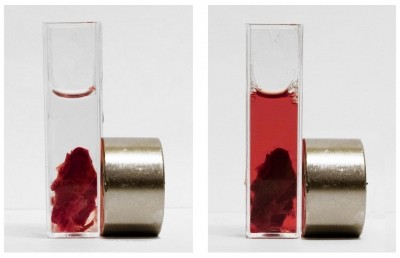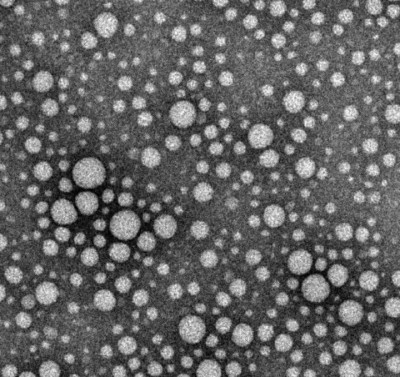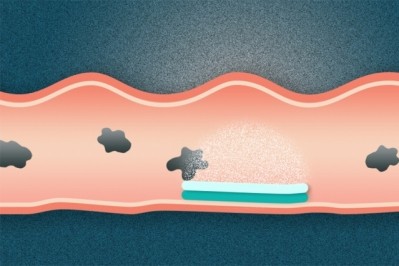'One-pot' formula creates bio-adhesive gel for drug delivery

After studying processes that occur when urea (a molecule found in urine) is broken down by the enzyme urease, scientists were able to create a chemical process called a “pH clock reaction.” Subsequently, by adding water and two chemicals during this clock reaction, the researchers were able to create a thin, water-soluble adhesive gel.
The gel could eventually be used for drug delivery purposes, and while the method isn’t different than the other delivery methods using the same polymer hydrogel carrier, the difference lies in the way the polymer is formed.
“Using the urea-urease clock reaction to trigger the polymerization presents a new one-pot formula that is non-toxic, natural, very cheap, and can self-initiate without the use of polymerization catalysts or initiators,” Elizabeth Jee, the lead author of the paper, and a doctoral candidate at the LSU Department of Chemistry, told us.
“This last part means that as a bio-adhesive, it can form in the body without the need for an external stimulus,” she added.
How does it work?
The drug can be added to the solution before polymerization, which locks it into the hydrogel after formation. The drug is then released upon degradation – a process which can be tuned for a specific application.
According to Jee, “The tunable degradation can give the user a delivery method that is predictable and customized to the desired application.”
Additionally, she explained that the material is specifically suitable for drug delivery as all starting materials and degradation products are non-toxic and can degrade in biological pH at low polymer concentrations.
The researchers plan to make the adhesive commercially available, eventually. However, according to Jee, there are still some questions to answer and “kinks to work out” before the product is ready.























